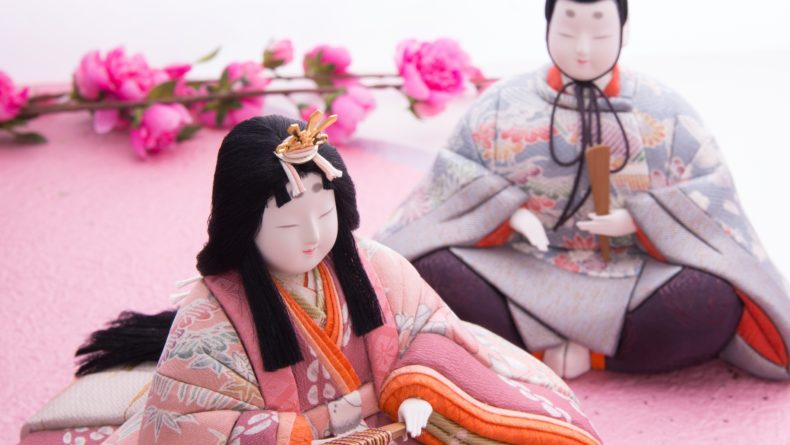Hinamatsuri, also known as Doll’s Day or Girls’ Day, is a Japanese holiday celebrated on the 3rd of March. It is dedicated to young girls in hopes of achieving success and happiness in life. Here are some of the things that the Japanese prepare to celebrate this holiday:
1. Dolls
Hinamatsuri will not be complete without hina-ningyo or ornamental dolls in Heian Period traditional court dresses arranged on an altar covered with a donkake or red carpet. The setting up of dolls often starts in the middle of February, but they are to be strictly put away when Hinamatsuri ends, as it is believed that young daughters will have difficulty in marriage if the altar is left later than March 4. Since the hina dolls are quite expensive, they became family heirlooms that are passed down through generations.
One of the historical ways of celebrating Hinamatsuri is known as Hina Nagashi or “doll floating.” It is believed that the dolls are able to absorb negative and malicious energy, and placing the dolls in a boat to float down a river touching the sea will release the dark energy. In time, this was changed because it was wasteful. Some shrines, however, still offer doll floating but they would collect the dolls at the end to be burned.
2. Peach Blossoms
Hinamatsuri is one of the five seasonal festivals in Japan. It is traditionally called Momo no Sekku or “the peach festival” as it takes place after winter when peach trees begin to blossom. Because of this, it has become a tradition to use peach blossoms as decoration. One way of decorating with peach blossoms is displaying its branch. It could be real or simply made of paper or silk. Tsurushi-bina or hanging ornaments with symbols of happiness and growth like peaches, rabbits, and dolls are also usual.
3. Food
A number of different dishes and snacks are prepared and offered to commemorate Hinamatsuri. The similarity between these foods is that they are all colorful. One of the most popular is the Chirashi-zushi or scattered sushi, a colorful dish that is sometimes served with pink rice and Ushiojiru or clam soup. Popular snacks include hina-arare or colorful rice crackers and a variety of different flavored mochi or rice cakes. There is also a popular beverage called shirozake, a fermented rice sake.
If it is already possible to travel to Japan, this would be a wonderful time to visit various shrines like Tomisaki Shrine in Chiba to see their beautiful display of thousands of traditional dolls. If you like to experience the doll floating, Awashima Shrine in Wakayama still offers this ritual.





